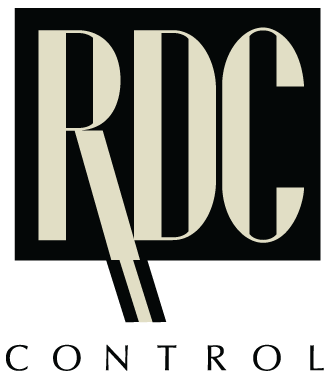The length of a thermocouple has no effect on its measurement accuracy or its ability to transfer the signal to the instrument. In other words, thermocouples do not experience “voltage drops” or power loss along its length as a high current power line might possess. The reason for this is due to the very low current and voltages associated with temperature measurements and that the thermocouple wire becomes the voltage source. In reality the sensor can be inches or thousands of feet long and the accuracy will not be affected. In practical applications where the thermocouple is a substantial distance from the instrument, electrical noise can be induced and the sensor selected should be shielded and grounded at one end. In severe environments, or when the distance is in excess of 150 feet, a 4-20mA signal conditioner is suggested.
The length of a thermocouple has no effect on its measurement accuracy or its ability to transfer the signal to the instrument. In other words, thermocouples do not experience “voltage drops” or power loss along its length as a high current power line might possess. The reason for this is due to the very low current and voltages associated with temperature measurements and that the thermocouple wire becomes the voltage source. In reality the sensor can be inches or thousands of feet long and the accuracy will not be affected. In practical applications where the thermocouple is a substantial distance from the instrument, electrical noise can be induced and the sensor selected should be shielded and grounded at one end. In severe environments, or when the distance is in excess of 150 feet, a 4-20mA signal conditioner is suggested.








